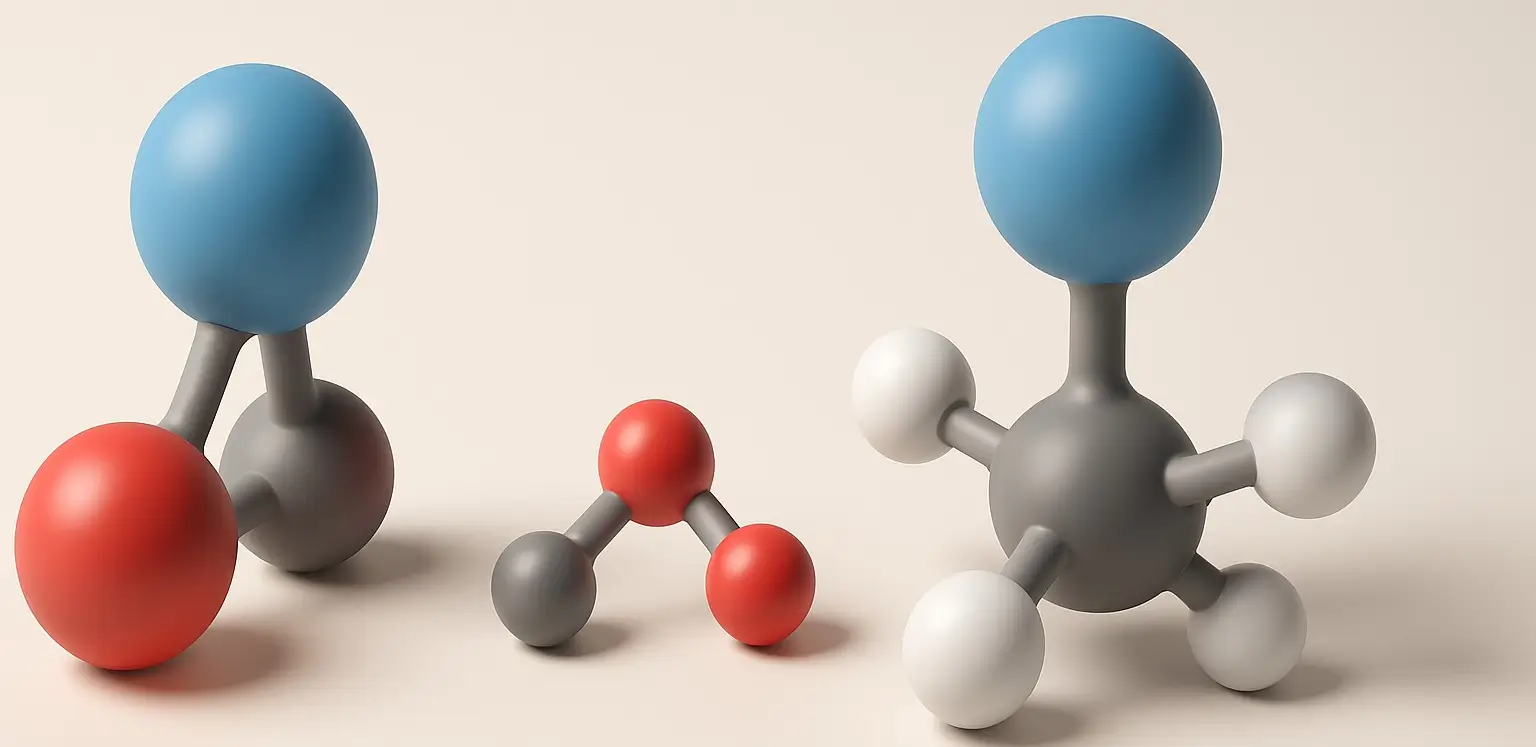Decarboxylation in Amino Acid Metabolism
- Decarboxylation is a vital biochemical reaction involving the removal of a carboxyl group (-COOH) from a molecule, releasing carbon dioxide (CO2).
- In amino acid metabolism, this reaction is essential for converting amino acids into various bioactive compounds, such as amines and neurotransmitters.
- Enzymes called decarboxylases, which often require pyridoxal phosphate (PLP) (a vitamin B6 derivative) as a cofactor, catalyze these reactions.
Key Decarboxylation Reactions in Amino Acid Metabolism:
-
Aromatic L-amino acid decarboxylase (AADC):
- Substrates and Products: AADC decarboxylates aromatic amino acids like L-dopa and 5-hydroxytryptophan (5-HTP) into dopamine and serotonin, respectively.
- Physiological Importance: Dopamine and serotonin are critical neurotransmitters that regulate mood, cognition, motor control, and many other functions.
-
Glutamate decarboxylase (GAD):
- Substrates and Products: GAD facilitates the conversion of glutamate into γ-aminobutyric acid (GABA), the primary inhibitory neurotransmitter in the central nervous system.
- Physiological Importance: GABA is crucial for controlling neuronal excitability. Dysregulation of GABA levels is associated with neurological conditions such as epilepsy, anxiety, and depression.
-
Histidine decarboxylase (HDC):
- Substrates and Products: HDC catalyzes the transformation of histidine into histamine, a biogenic amine involved in various bodily processes.
- Physiological Importance: Histamine is integral to immune responses, gastric acid secretion, and regulation of the sleep-wake cycle. It also plays a critical role in mediating allergic reactions and inflammation.
Significance of Decarboxylation Reactions:
- Decarboxylation is essential for the synthesis of neurotransmitters and biogenic amines that regulate brain function, immune responses, and homeostasis.
Clinical Implications:
- Abnormal decarboxylation can lead to imbalances in neurotransmitters and amines, contributing to neurological disorders, allergic responses, and metabolic disorders.
- Understanding these pathways is crucial for diagnosing and treating related conditions.
Click Here to Watch the Best Pharma Videos

